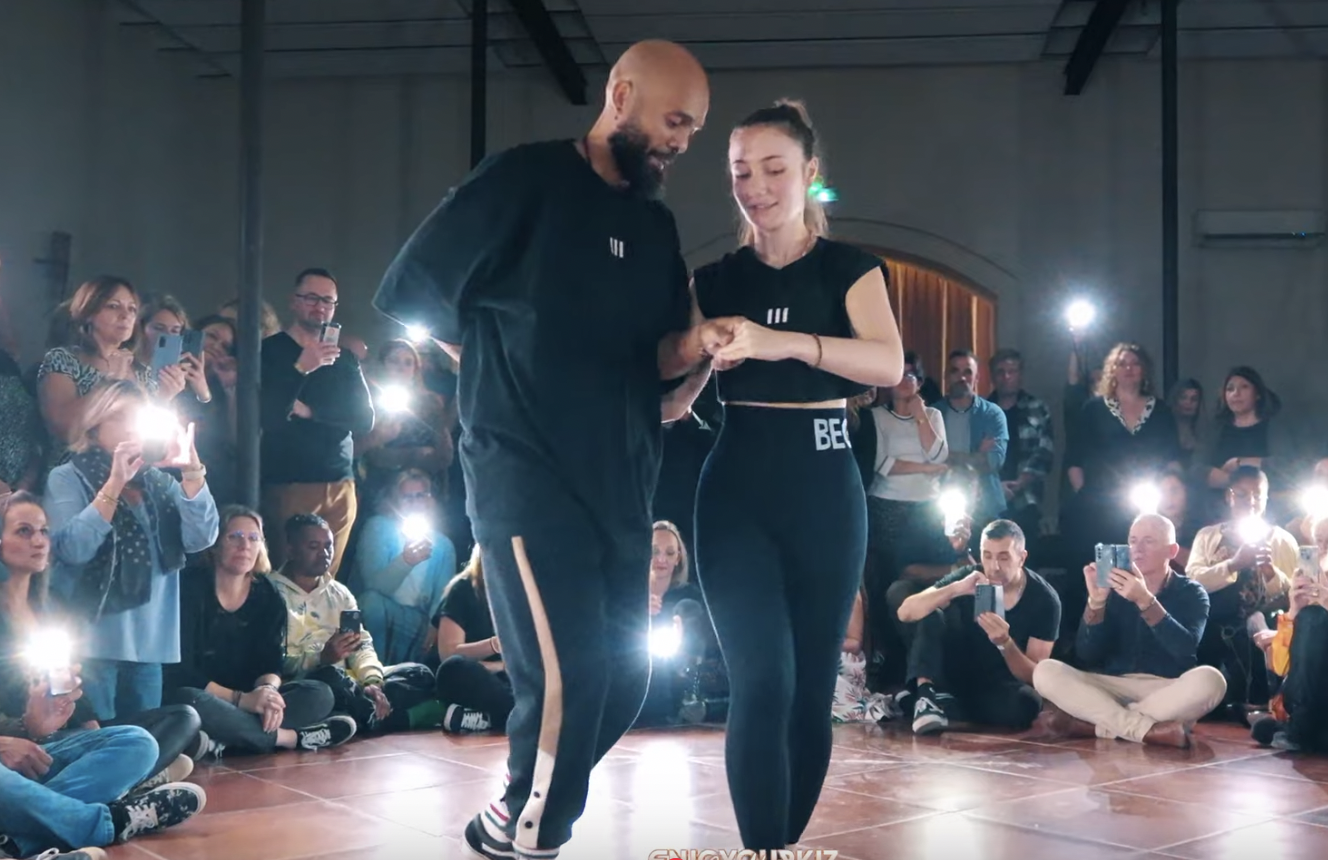Welcome to the World of Kizomba – A Beginner’s Guide
If you’ve just started your Kizomba journey, it’s completely normal to feel a bit overwhelmed by the different names, styles, and sounds. But don’t worry—this guide will help you make sense of it all, so you can enjoy your learning with clarity and confidence.
First Things First: What Is Kizomba?
Kizomba was born in Angola and has grown into a global dance movement. Over time, different interpretations and styles have emerged, each with its own flavor. Even though they may look and feel different, they’re all part of the extended Kizomba family.
⚠️ Important note:
Dancers from Angola and the PALOP community (Portuguese-speaking African countries) often don’t use the term “Traditional Kizomba”—to them, there is only one true Kizomba, and it's theirs. Styles like Urban Kiz or Fusion are often not seen as Kizomba at all from their cultural perspective. So be mindful and respectful of that when discussing or labeling styles. 😊
Let’s Break Down the Styles
Here are some of the most common styles you’ll hear about or experience on your journey:
🔹 Kizomba (Angolan roots)
The original style. Smooth, grounded, and danced in close connection. It’s all about flow, musicality, and subtle connection through the music.
🔹 Semba
The joyful and playful “older brother” of Kizomba. Faster, more rhythmic, with lots of character and expression. Great for developing musicality and partner connection.
🔹 Urban Kiz
Developed in Europe around 2012, mainly in France. Danced more upright, linear, and often with sharp isolations. Influences include hip-hop, tango, and electronic music.
🔹 Fusion
A creative mix where dancers blend elements of other styles—like contemporary, urban, or jazz—with Kizomba fundamentals. Focused on expression and musical creativity.
🔹 Tarraxo
Slow, grounded, and deeply connected, with emphasis on isolations and control—especially in the hips and torso. Music has a heavy, bass-driven groove.
🔹 Konpa (Compas)
A music and dance style from Haiti. Although different from Kizomba, it shares African roots and is often danced in similar partner settings at socials.
🔹 Douceur
French for “sweetness,” this is more of a vibe than a separate technique. It emphasizes soft, fluid movement and emotional connection.
🔹 Tarraxinha
A slower, more intimate sub-style focusing on precise body movement, particularly in the hips. Seen as an early evolution of Kizomba.
Where Do You Start?
Most dancers begin with Urban Kiz or Angolan-style Kizomba, depending on where they live and who their teachers are. If you're unsure what you're learning—ask your teacher!
It’s helpful to know the style so you can better understand the music, movement, and community you're stepping into.
What’s the Difference in Steps?
The basic step patterns (like side steps, saida, etc.) are shared across styles.
What differs is how they are executed:
- In Kizomba, the steps are smoother, grounded, and connected to the floor and rhythm.
- In Urban Kiz, the same steps might be danced more upright, linear, or with isolated accents following musical breaks or beats.
Watch & Learn Visually
We’ve prepared some video examples showing the differences in styles and music. Watching them can help you recognize what resonates with you and make learning more fun and clear.
No matter where you start or what you love most—Kizomba, Urban Kiz, Tarraxo, or Fusion—this journey is about connection, expression, and joy.
Dance from the heart, stay curious, and respect the roots. 💃🕺
